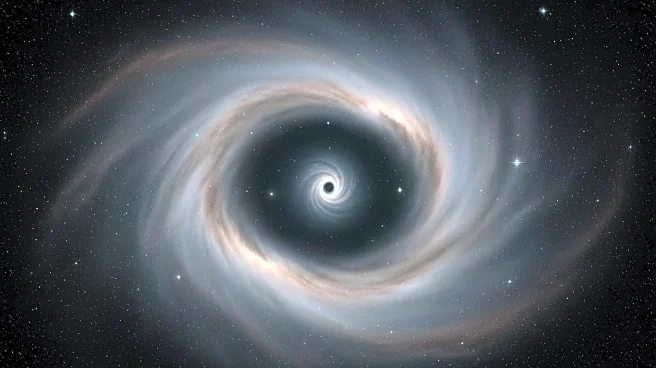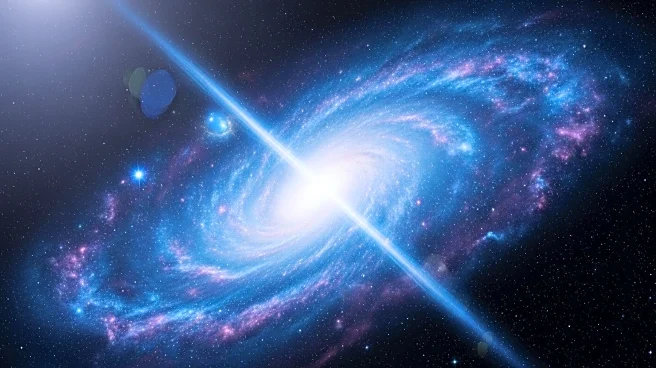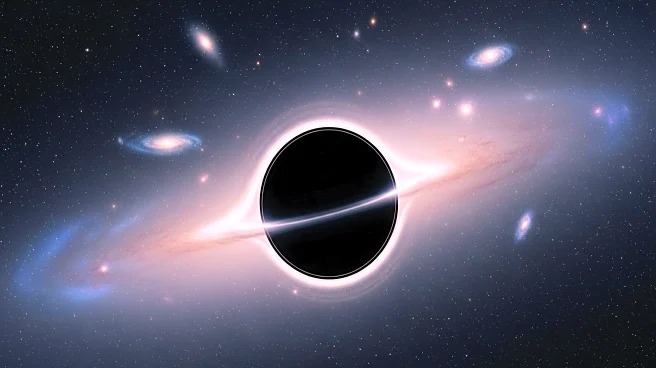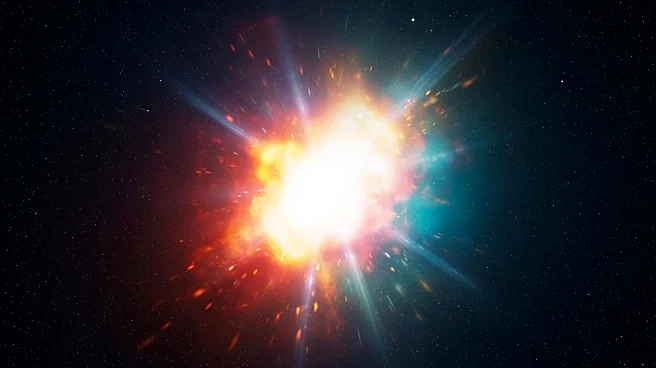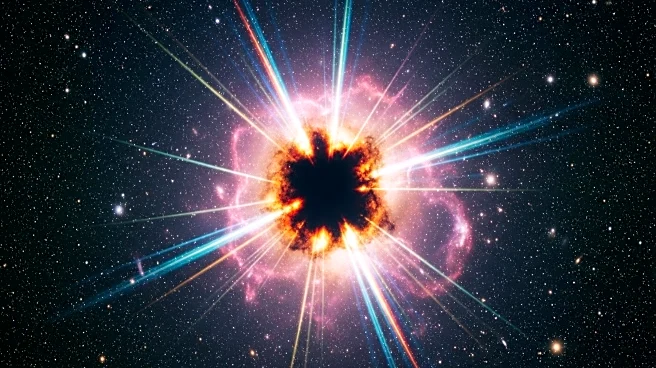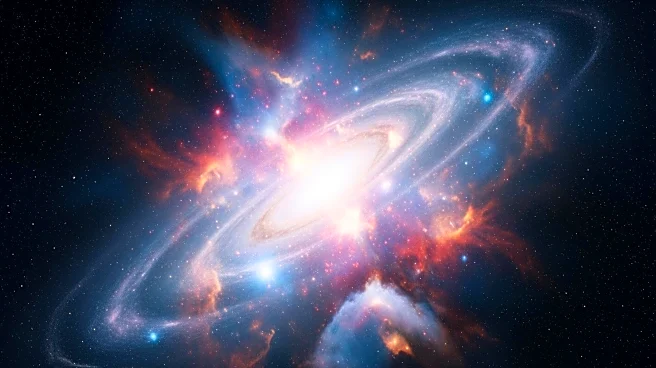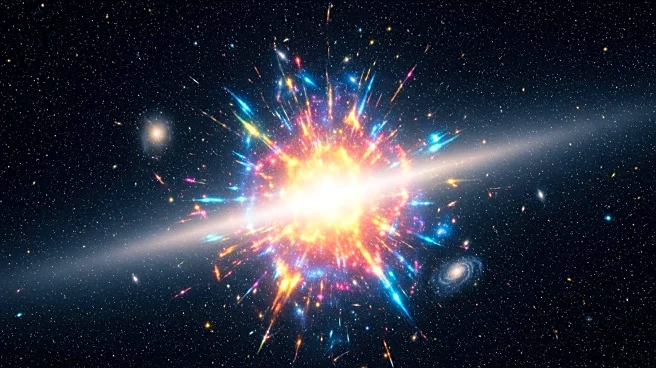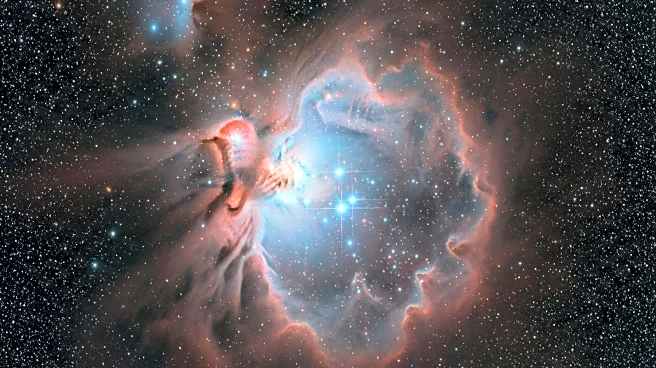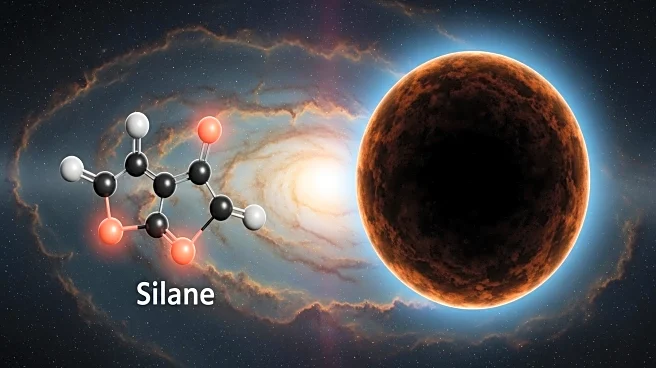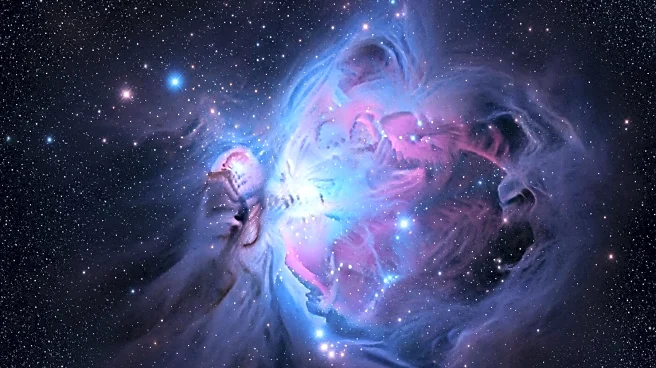What's Happening?
Using the Subaru Telescope and the James Webb Space Telescope, astronomers have discovered seven supermassive black hole-powered quasars surrounded by dust from the early universe, known as 'Cosmic Dawn.' These quasars, hidden in thick clouds of dust, have long been suspected but elusive. The discovery suggests that quasars were twice as common during Cosmic Dawn as previously thought, indicating a significant population of supermassive black holes in the early universe.
Why It's Important?
The detection of these dust-shrouded quasars provides crucial insights into the formation and evolution of galaxies and the universe. Supermassive black holes are believed to play a vital role in shaping galaxies, and understanding their prevalence during Cosmic Dawn can inform theories about the universe's development. This discovery also highlights the effectiveness of combining powerful telescopes to explore distant cosmic phenomena.
What's Next?
Astronomers plan to further study these obscured quasars to understand why their environments differ from unshrouded quasars. They aim to explore a wider sample of galaxies from early cosmic epochs to reveal the full population of supermassive black holes at Cosmic Dawn. This research could significantly advance our understanding of galaxy formation and the role of black holes in cosmic evolution.
